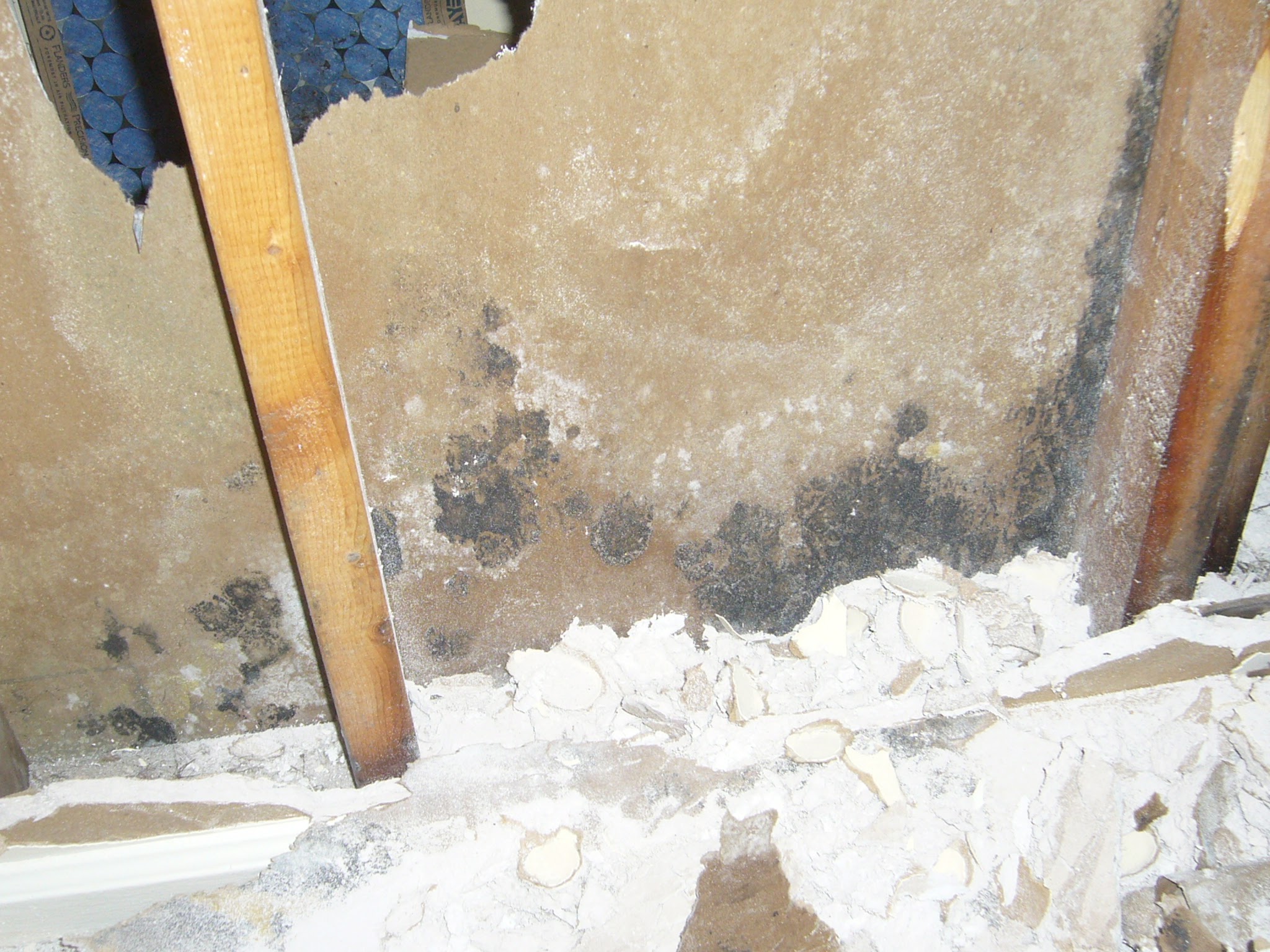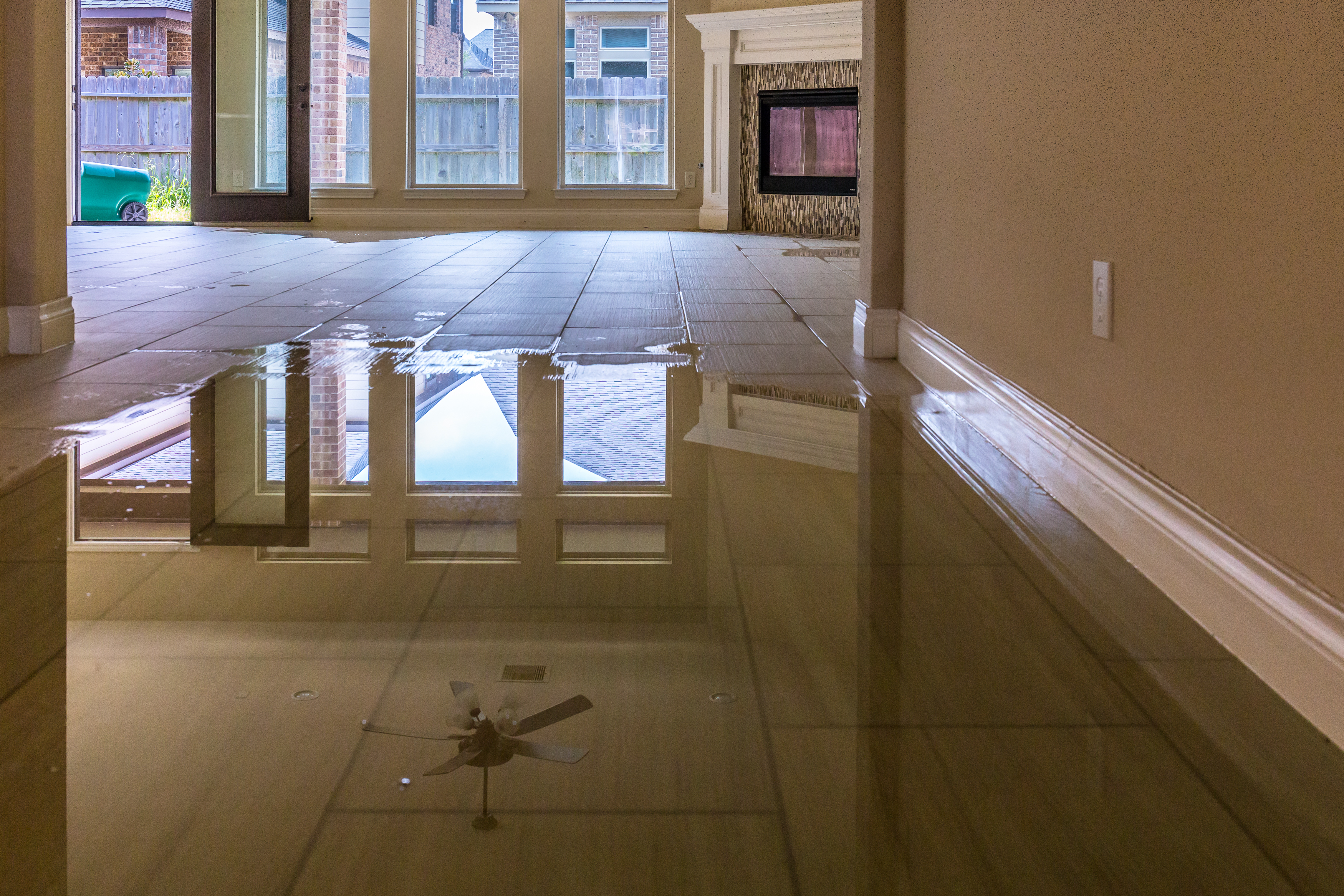How to Help Prevent Water Damage in Your Bathroom
How to Help Prevent Water Damage in Your Bathroom
Blog Article
This article following next in relation to Common Causes of Water Damage in a Bathroom is exceedingly motivating. Have a go and make your own assumptions.

The shower room is exceptionally vulnerable for moist build-up as well as possible water damages due to the constant use water in it. This article offers basic examination strategies to aid detecting water damage dangers.
The constant use water in the bathroom makes it incredibly susceptible for damp buildup and also potential water damage. By examining it on a regular basis, you can lower water relevant damages.
The following collection of assessments is simple to do as well as should be done as soon as in every 3 months in order to keep your restroom healthy and also to prevent potential water damages caused by the tub, the shower, pipe joints as well as plumbing, sinks, cupboards, as well as the commode
Do not forget doing these assessments and be thorough while performing them. Remember that these straightforward assessments can conserve you a lot of money by providing very early signs for water damages
Tub and Shower
The shower and bath tub call for special attention and upkeep. Inspect the ceramic tiles and change if fractured. Make certain that there is no missing cement between the tiles. Evaluate and also replace cracked caulking at joints where the wall surfaces satisfy the floor or the bath tub. Obstructed drains and pipelines issues will protect against the tub from drying and also might indicate significant issues below the bath tub. Talk to an expert quickly to avoid structural damages. Take note of stainings or soft locations around the bathtub wall surfaces as they may show an interior leak.
Plumbing
Signs for water damages are hard to identify considering that the majority of pipelines are installed inside the wall surfaces.
Pay special interest to flooring and also walls dampness and spots as they might indicate an invisible plumbing issue. Check wetness levels in adjoining areas also.
Sinks and also Cabinets
Sinks as well as closets are subjected to dampness and also humidity everyday and are commonly neglected. Check routinely under the sink as well as on the kitchen counter above it. Fix any drip in the trap as it might suggest drainpipe troubles. Take a look around the sink, slow-moving draining pipes may show a blocked drain. Change sink seals if they are cracked or loose.
The Commode
The toilet is a vulnerable water joint. Check the water lines as well as look for leakages around the toilet seat, in the pipe, and also under the water tank. If you discover any kind of signs of wetness on the flooring around the commode, check for leaks in the toilet edge and also tank seals.
Understand that hanging commode dish antiperspirants increases the chances for blockages.
Water Damage Signs In The Bathroom To Avoid Cleanup
Musty smell
This is one of the easiest signs to catch because musty smells are so odorous. The damp, earthy, moldy smell should be a big red flag. The smell will develop when moisture gets trapped in surfaces, and begins to facilitate mold growth. Leaking pipes under cabinets, inside walls, and behind shower fixtures will cause moisture to stay trapped and not dry, which will lead to mold growth and spread. As soon as you notice any musty smells in your bathroom, have it checked for hidden water damage and cleanup signs.
Visible mold
If the smell isn’t there to give it away, sometimes you will actually see mold growth. Finding mold in your bathroom is a serious problem, because mold is very harmful to your health. By the time mold growth is visible, it also means that water damage has already occurred and been present for some time. The only way the mold problem can be resolved is to find the source of the moisture and get it stopped. To safely and adequately remove mold, you need to have professionals handle the remediation. Do not waste any time in getting mold problems addressed, fixed, and sanitized so that you can protect you and your family from the many respiratory symptoms caused by mold exposure.
Damaged floors
Bathroom floors should be able to withstand some exposure to water while still remaining in good condition. However, when excess exposure or water leaks occur, they will begin to damage even the most water-resistant flooring. If you notice any cracking, bubbling, staining, or warping on your bathroom floors, there is probably a water leak somewhere causing the distortion. If you notice areas of the floor have become softer, or even have a spongy feeling, there is probably damage to the subfloor. Subflooring is typically made up of plywood. When plywood is exposed to water or moisture, it will absorb it. Once it has become saturated, the weight of the excess water will cause the wood to swell and soften. Check the floors in your bathroom frequently to catch any of these sings before they lead to damaged subflooring.
Changes on walls
When water leaks behind walls, it will cause changes in the drywall. Peeling plaster, blistering paint, and soggy wallpaper are all good indicators that excess water is building up behind the wall. Water leaking behind drywall will cause it to swell and be soft to the tough. If you start to notice gaps along the trim of your walls, or where tile meets the wall, it could also be a strong indicator that there is a leak behind the wall. Any changes, distortion, or damage on the walls should be evaluated as soon as you notice it to prevent further water damage and cleanup.

I found that blog post on Looking for Signs of Water Damage in the Bathroom when looking around the internet. Do you know about somebody who is fascinated with How to Prevent Bathroom Water Damage? Why not share it. Many thanks for taking the time to read it.
Call Us Today Report this page